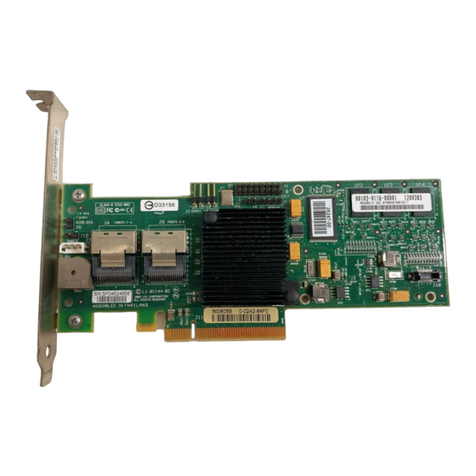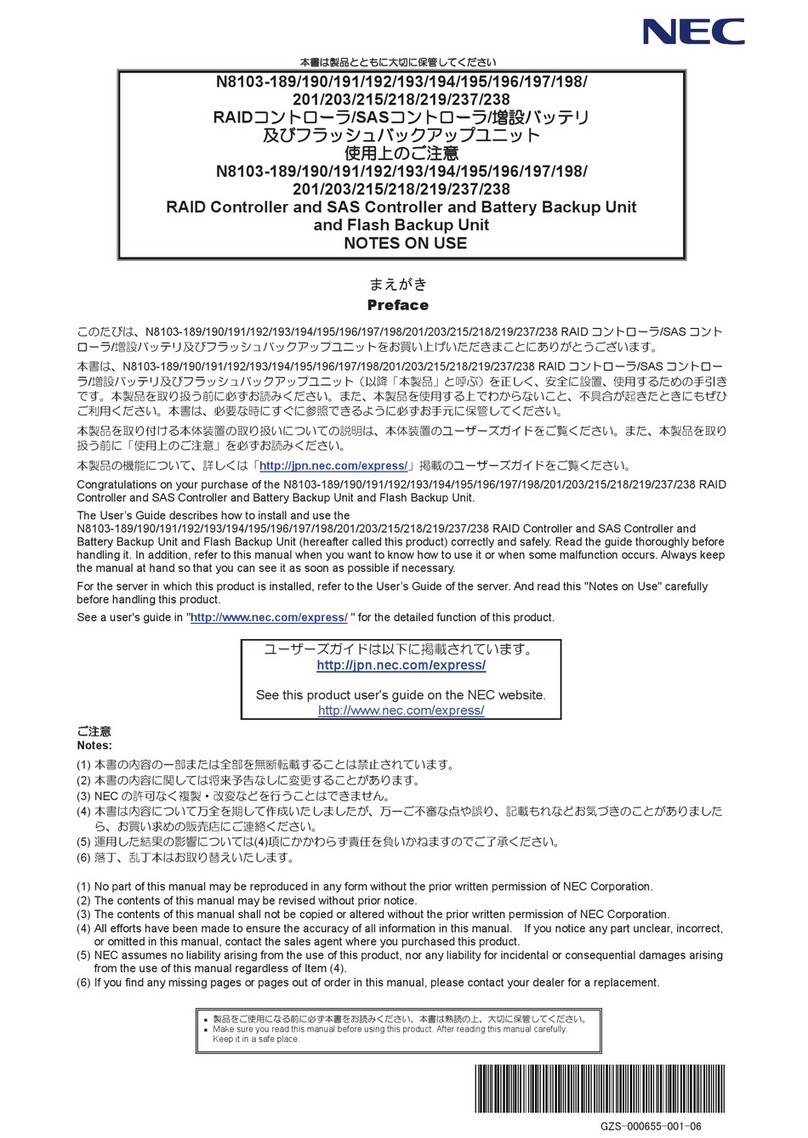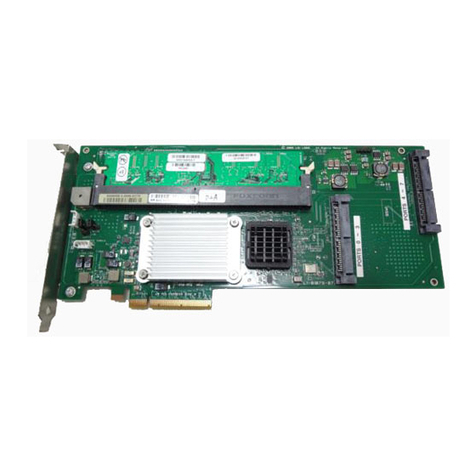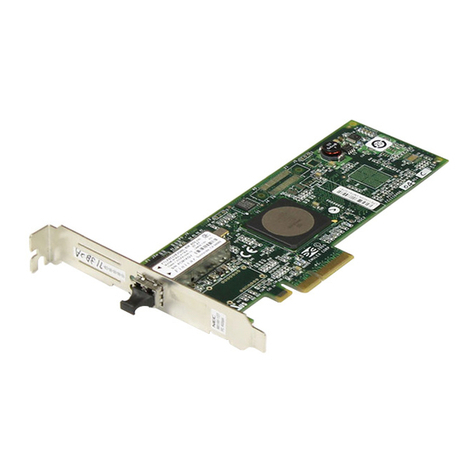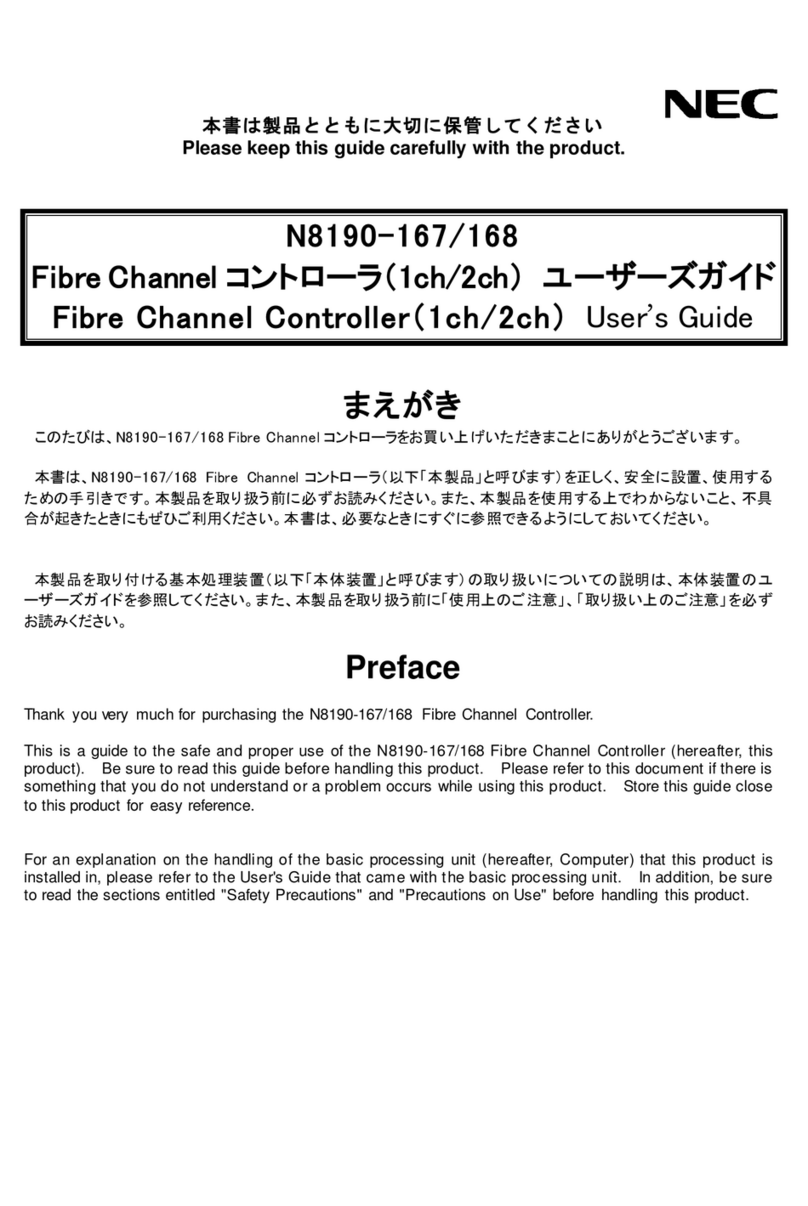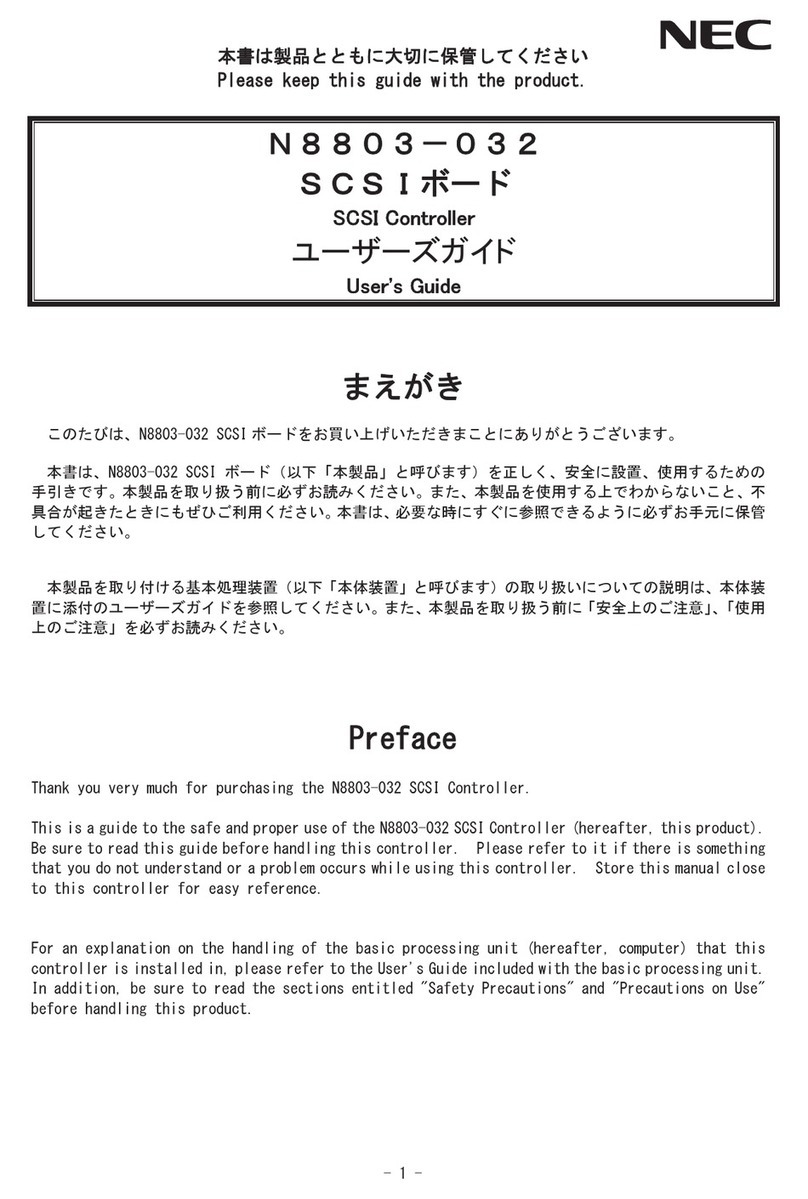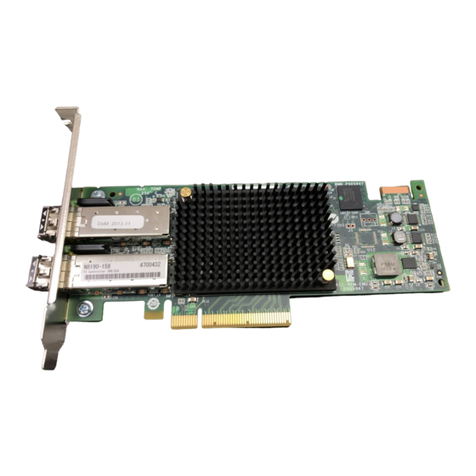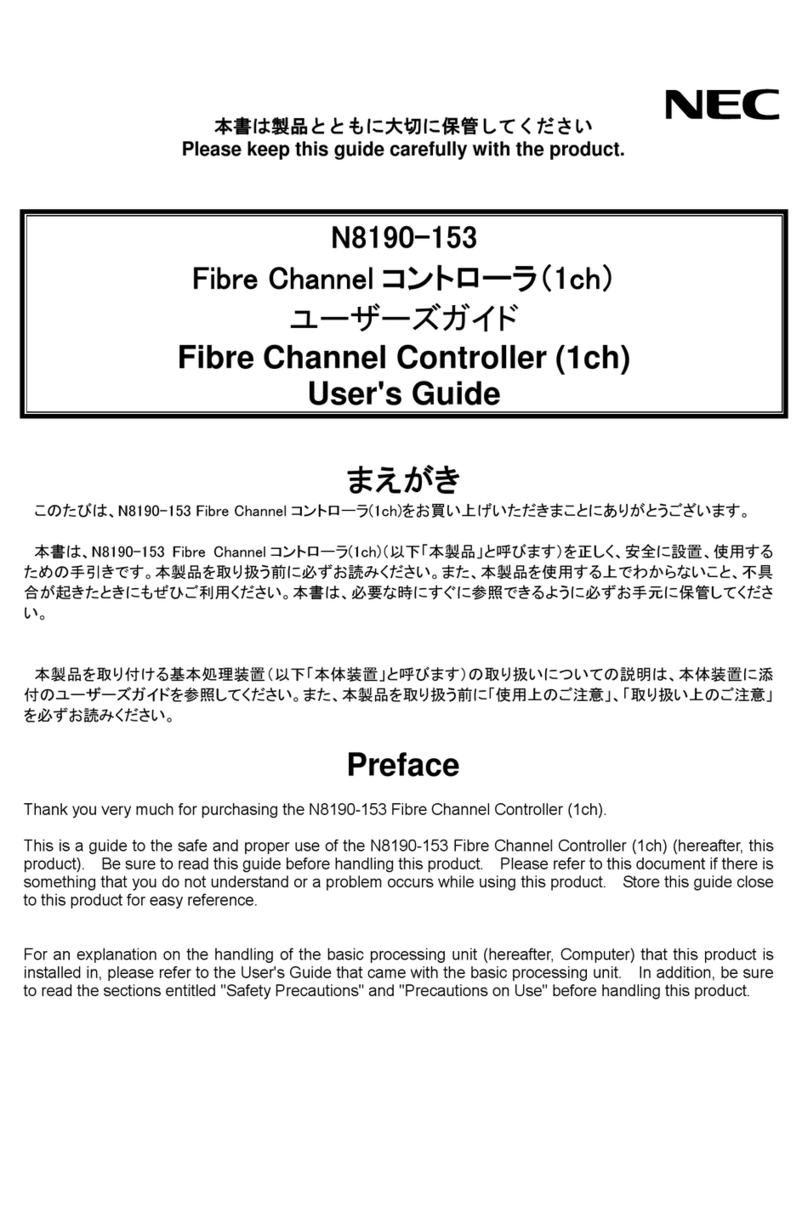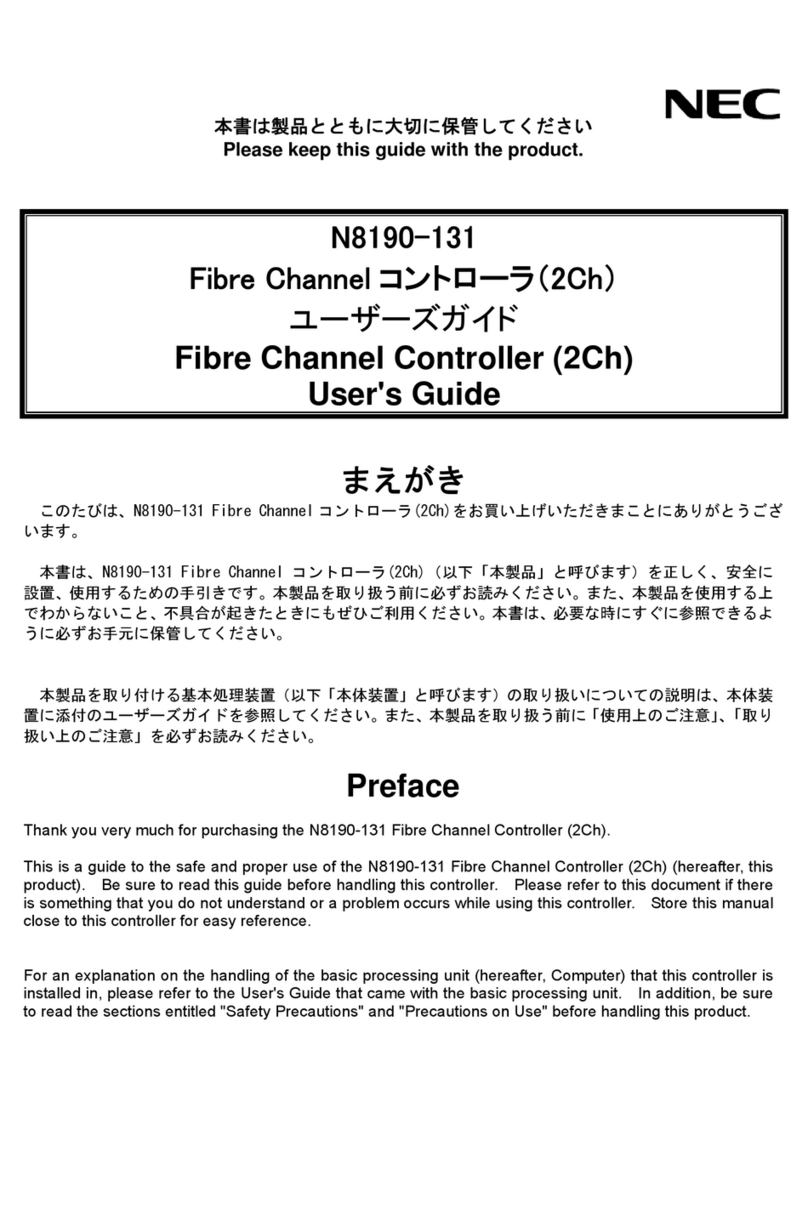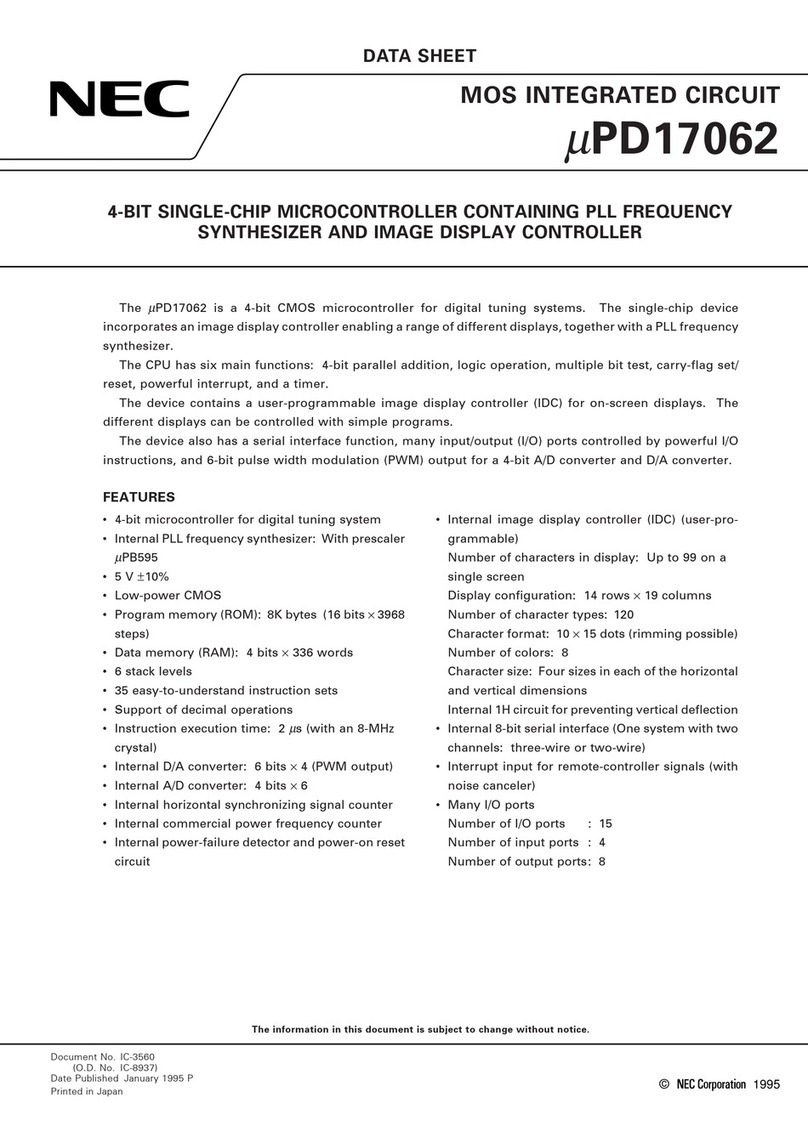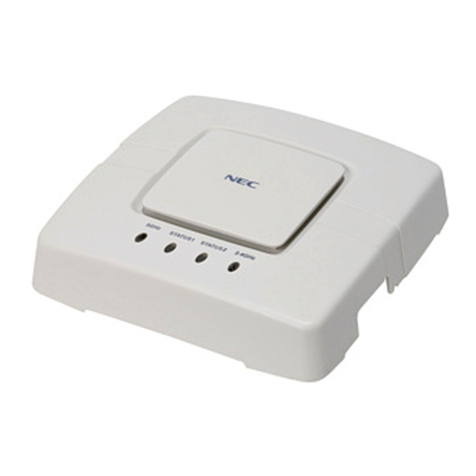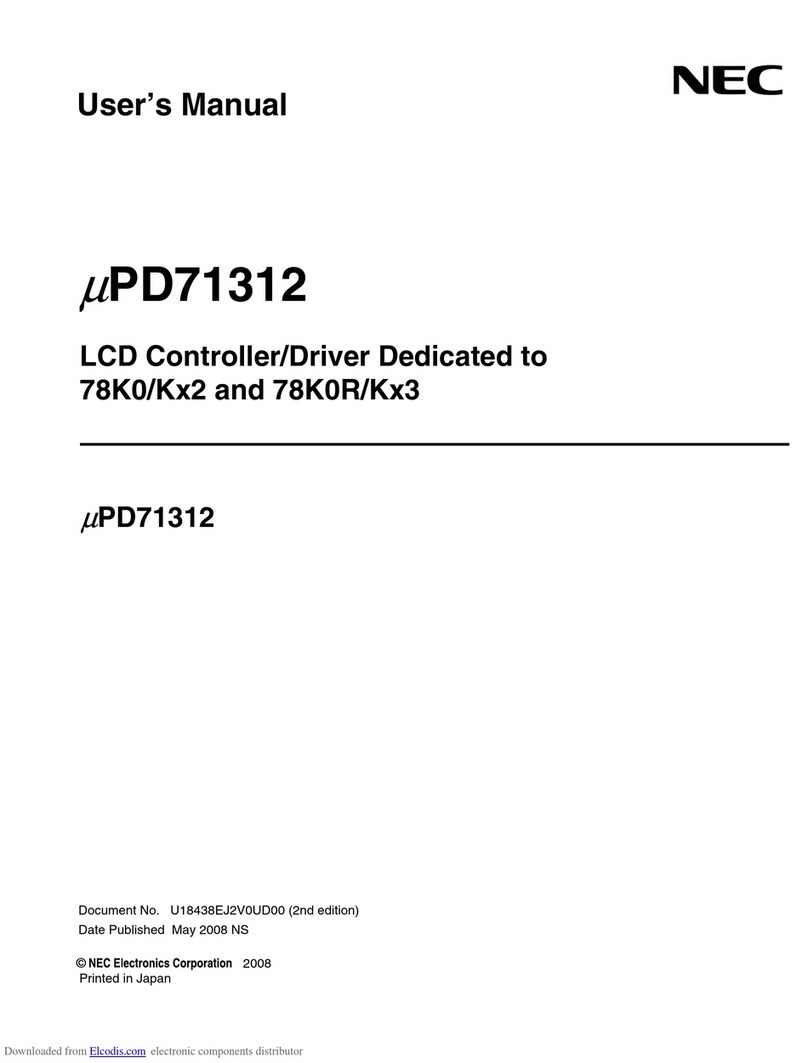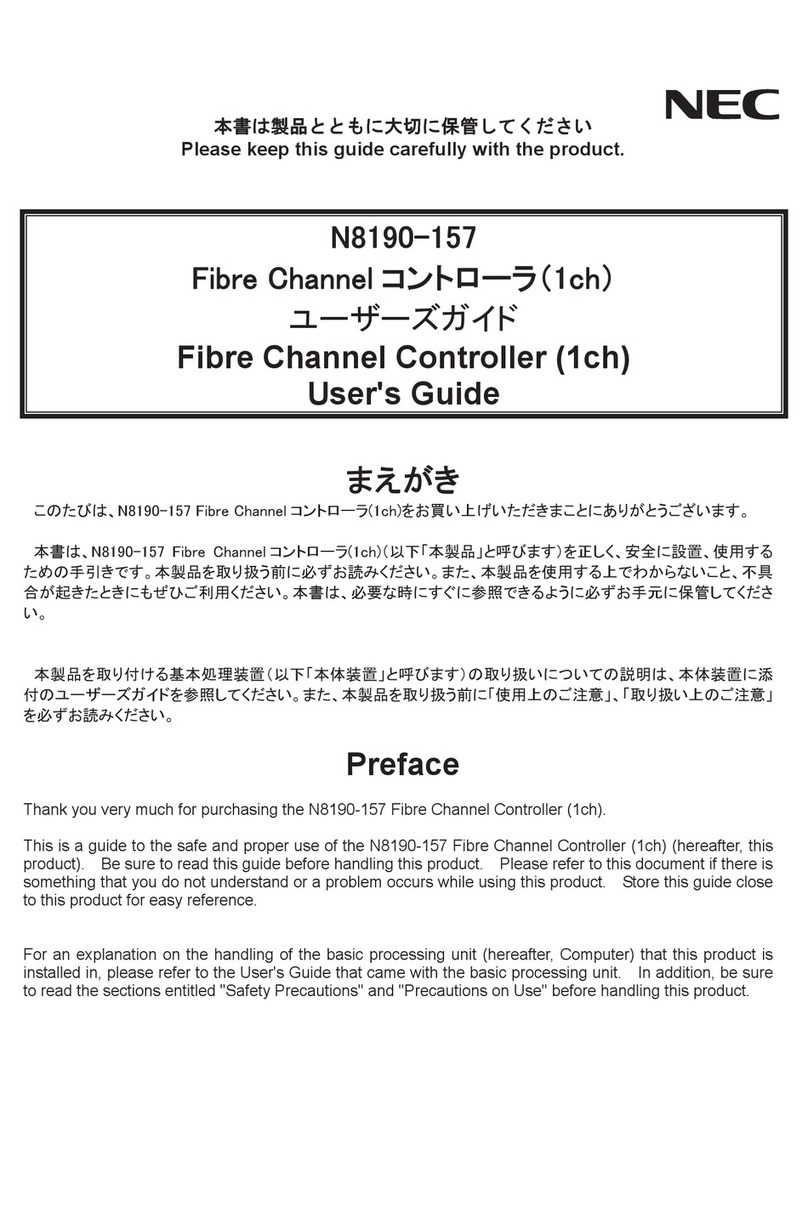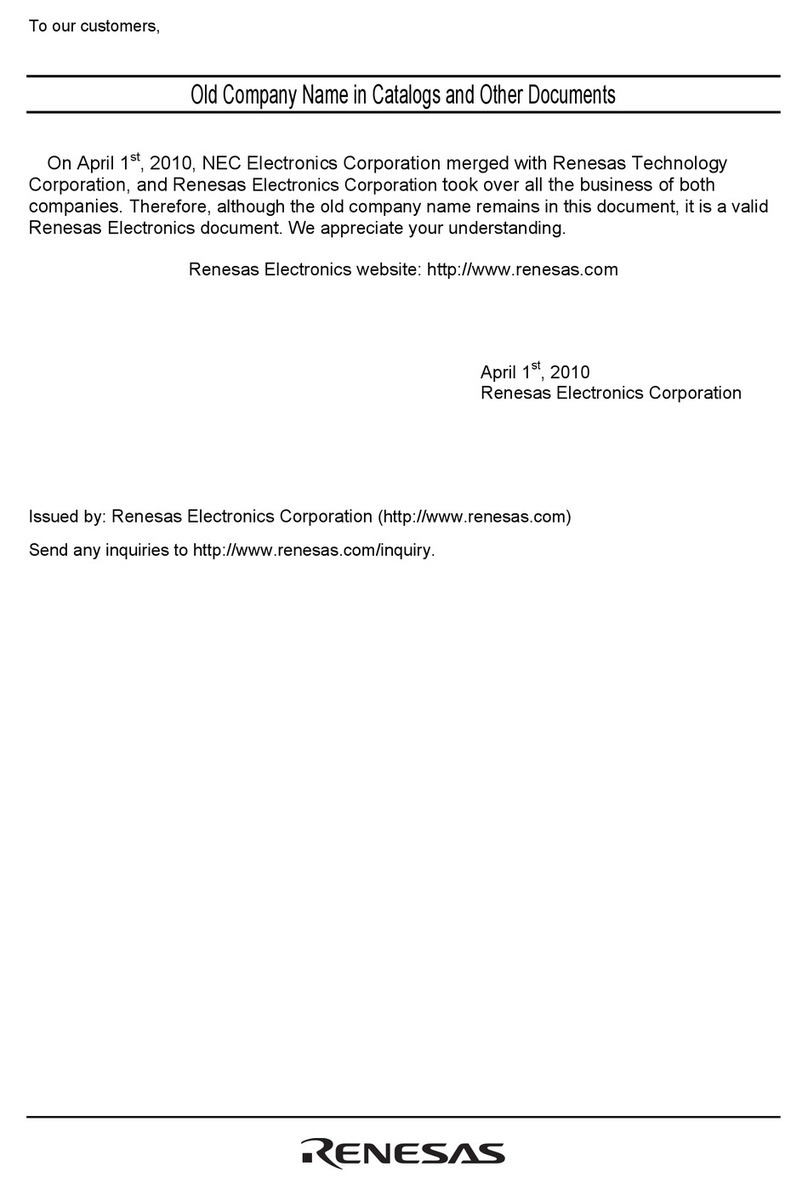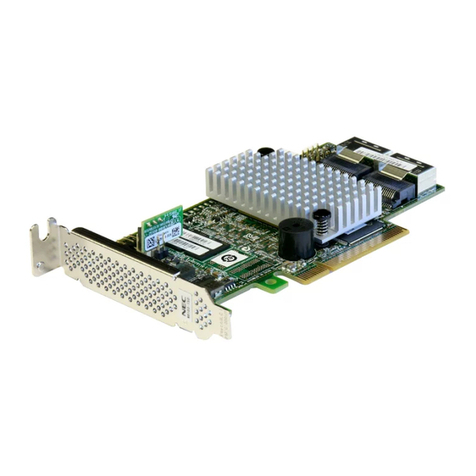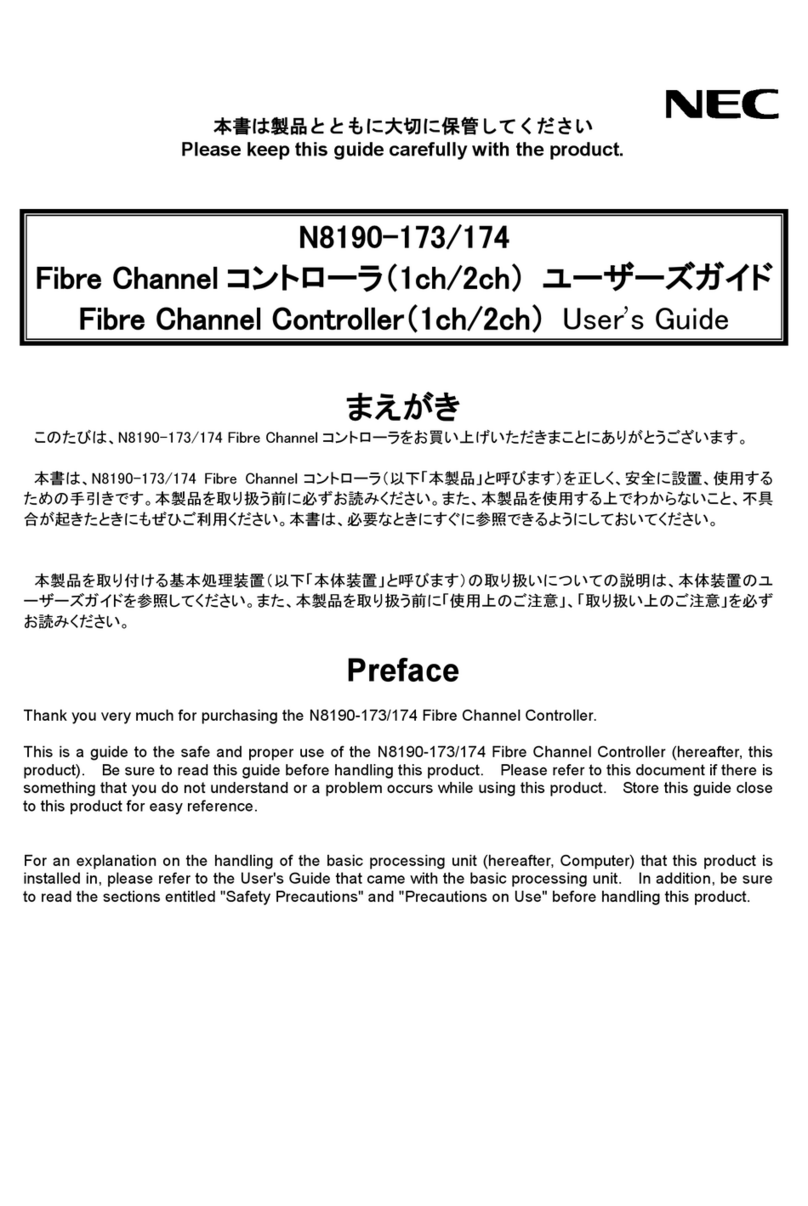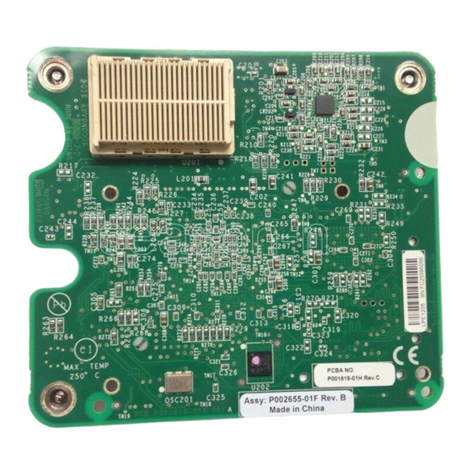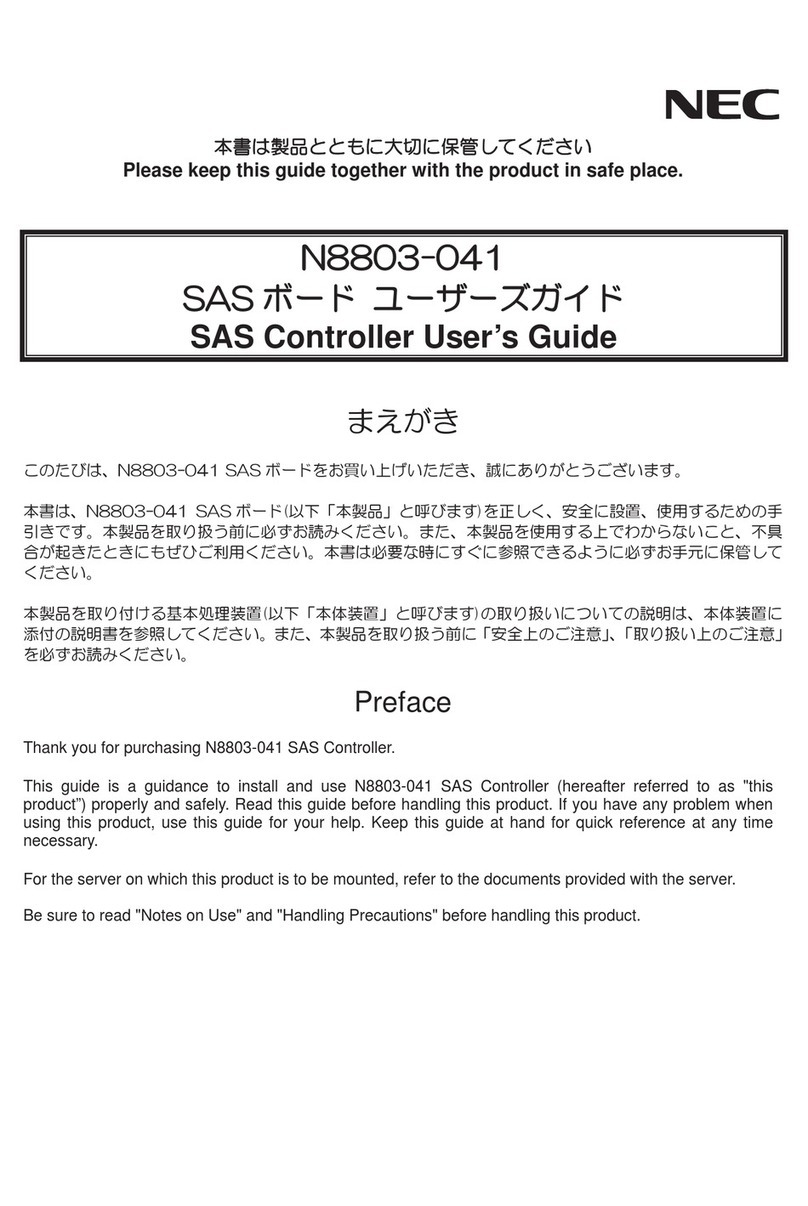
78K0 - Shine It!
User’s Manual U19610EE3V0UM00
8
List of Figures
Figure 1: EV-K0-HCD Board (Top View).....................................................................................................13
Figure 2: EV-K0-HCD Board (Bottom View) ...............................................................................................13
Figure 3: Driving the On-board LEDs ..........................................................................................................15
Figure 4: Driving External LED Boards .......................................................................................................16
Figure 5: Driving the Dialight Light Engines ................................................................................................16
Figure 6: Shine It! CDROM autorun.exe .....................................................................................................20
Figure 7: Found New Hardware Wizard (Windows 2000)...........................................................................21
Figure 8: Search Method (Windows 2000)..................................................................................................22
Figure 9: Driver File Location (Windows 2000) ...........................................................................................22
Figure 10: Address Specification 1 (Windows 2000) ..................................................................................23
Figure 11: Address Specification 2 (Windows 2000) ..................................................................................23
Figure 12: Address Specification 3 (Windows 2000) ..................................................................................24
Figure 13: Driver File Search (Windows 2000) ...........................................................................................24
Figure 14: USB Driver Installation Completion (Windows 2000) ................................................................24
Figure 15: Found New Hardware Wizard 1 (Windows XP).........................................................................25
Figure 16: Found New Hardware Wizard 2 (Windows XP).........................................................................25
Figure 17: Search Location Specification 1 (Windows XP).........................................................................26
Figure 18: Search Location Specification 2 (Windows XP).........................................................................26
Figure 19: Windows XP Logo Testing (Windows XP).................................................................................27
Figure 20: USB Driver Installation Completion (Windows XP)....................................................................27
Figure 21: Windows Device Manager .........................................................................................................28
Figure 22: Applilet EZ for HCD Controller Main Window ............................................................................30
Figure 23: Applilet EZ for HCD Controller Setting.......................................................................................30
Figure 24: Applilet EZ for HCD Controller CPU settings.............................................................................31
Figure 25: Applilet EZ for HCD UART settings ...........................................................................................31
Figure 26: Applilet EZ for HCD Controller Compiler selection ....................................................................32
Figure 27: Applilet EZ for HCD Controller Folder Settings..........................................................................32
Figure 28: Applilet EZ for HCD Controller Dimmer Program settings (Fix).................................................32
Figure 29: Applilet EZ for HCD Controller Save File as (fix.xml) ...............................................................33
Figure 30: Applilet EZ for HCD Controller All Program button ....................................................................33
Figure 31: Applilet EZ for HCD Controller compilation progress.................................................................33
Figure 32: Applilet EZ for HCD Controller Start Flash programming ..........................................................34
Figure 33: Applilet EZ for HCD Controller Flash programming status ........................................................34
Figure 34: Applilet EZ for HCD Controller Save File as (variable.xml) .......................................................35
Figure 35: Applilet EZ for HCD Controller Dimmer Program selection (Variable) ......................................35
Figure 36: Applilet EZ for HCD Dimmer Programming Window .................................................................35
Figure 37: Applilet EZ for HCD Controller Wave Editor (set) ......................................................................36
Figure 38: Applilet EZ for HCD Controller Variable Dimmer Control settings (set).....................................37
Figure 39: ADC potentiometer connection ..................................................................................................38
Figure 40: Applilet EZ for HCD Controller Save File as (ADC.xml) ............................................................38
Figure 41: Applilet EZ for HCD Controller Dimmer Program settings (Analog Input) .................................39
Figure 42: Applilet Ez for HCD Controller Save File as (uart0.xml) ............................................................40
Figure 43: Applilet EZ for HCD Controller Dimmer Program settings (Serial Command) ..........................40
Figure 44: Microsoft HyperTerminal Connection Description .....................................................................41
Figure 45: Microsoft HyperTerminal Connect to .........................................................................................41
Figure 46: Microsoft HyperTerminal COM1 Properties ...............................................................................42
Figure 47: Microsoft HyperTerminal ASCII settings (1/2) ...........................................................................42
Figure 48: Microsoft HyperTerminal ASCII settings (2/2) ...........................................................................43
Figure 49: Microsoft HyperTerminal Command Window ............................................................................43
Figure 50: WriteEZ3 Startup........................................................................................................................45
Figure 51: WriteEZ Device Setup Dialogue ................................................................................................45
Figure 52: WriteEZ3 Device Menu ..............................................................................................................46
Figure 53: WriteEZ3 Open file.....................................................................................................................47
Figure 54: IAR Embedded Workbench Startup...........................................................................................48
Figure 55: IAR Embedded Workbench Open Workspace ..........................................................................49
Figure 56: IAR Embedded Workbench Debugger Options .........................................................................49
Figure 57: IAR Embedded Workbench Linker Options ...............................................................................50
Figure 58: IAR Embedded Workbench .xcl file selection ............................................................................50


